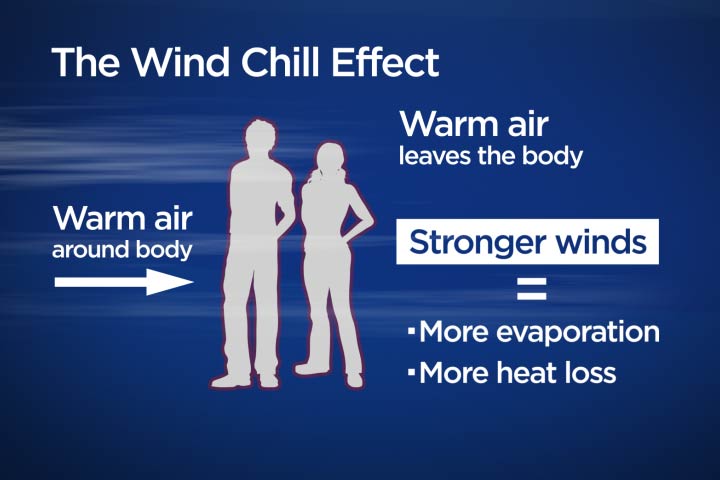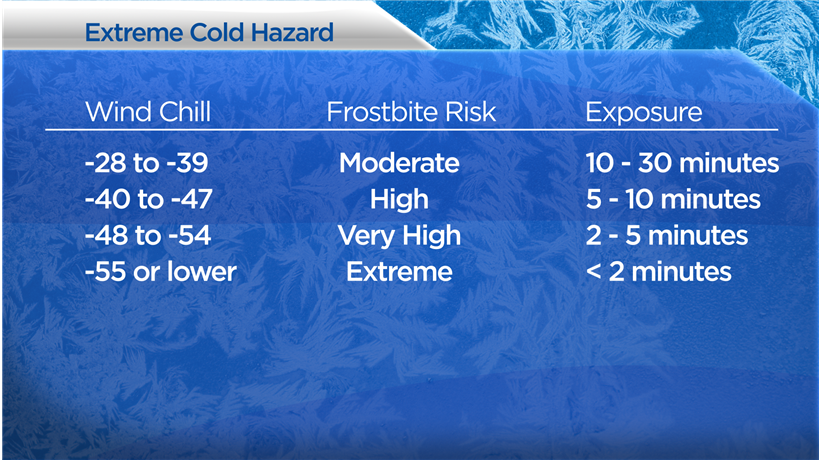The extreme cold warnings issued across the province this past weekend were lifted Tuesday morning — but Albertans are advised to not get used to warmer weather.

“The cold warning has ended with a nice push of Pacific air moving into our region,” Global Edmonton chief meteorologist Jesse Beyer said, adding the lows in western and central Alberta are expected to be in the -15 C to -20 C range overnight Tuesday.
Beyer said the temperature on Wednesday could top out “near” average, with a forecast high being -5 C. But that’s where the nice news ends.
“Don’t get too comfortable with the stabilizing temperatures through mid-week. Another Arctic air mass is expected to migrate into our area beginning Thursday,” Beyer said.
“The weekend is looking clear, but cold. Morning lows will be in the -25 C to -30 C range with highs hovering near -20 C.”
Environment Canada said the Arctic ridge means the extreme cold temperatures could last through the first week of March.
It has been a brutally cold February. After a brief warm up late last week, another wave of Arctic temperatures with wind chill values near -40 settled over much of Alberta this past weekend, prompting a new wave of extreme cold warnings.

Get daily National news
As of Monday morning, the warnings stretched from the top to the bottom of the province, and included all areas except the cities of Edmonton and Calgary as well as the western foothills and mountains.
Outside of Alberta, the extreme cold warnings extend across the prairies and into Ontario. Albertans are reminded to dress for the conditions because frostbite can develop on skin within minutes.
It doesn’t take long for extreme cold to be hazardous or even life-threatening.
Wind chill can cause frostnip and frostbite but also hypothermia, because it speeds up the rate at which the human body loses heat.
How to prepare for extreme cold
Follow the weather forecast and be aware of any extreme cold warnings issued by Environment Canada.
When going outside, wear layers to avoid the health hazards mentioned above.
Boots should be waterproof, and it’s recommended that people wear two or three layers of pants and shirts.
Finally, protect exposed skin with gloves, a toque and a scarf.
For more information on extreme cold and how to spot the symptoms of frostbite, consult Environment Canada‘s website.
WATCH BELOW: How to dress for cold weather

To stay updated with radar and weather alerts in your area, download the Global News Skytracker weather app for iPhone, iPad or Android.









Comments